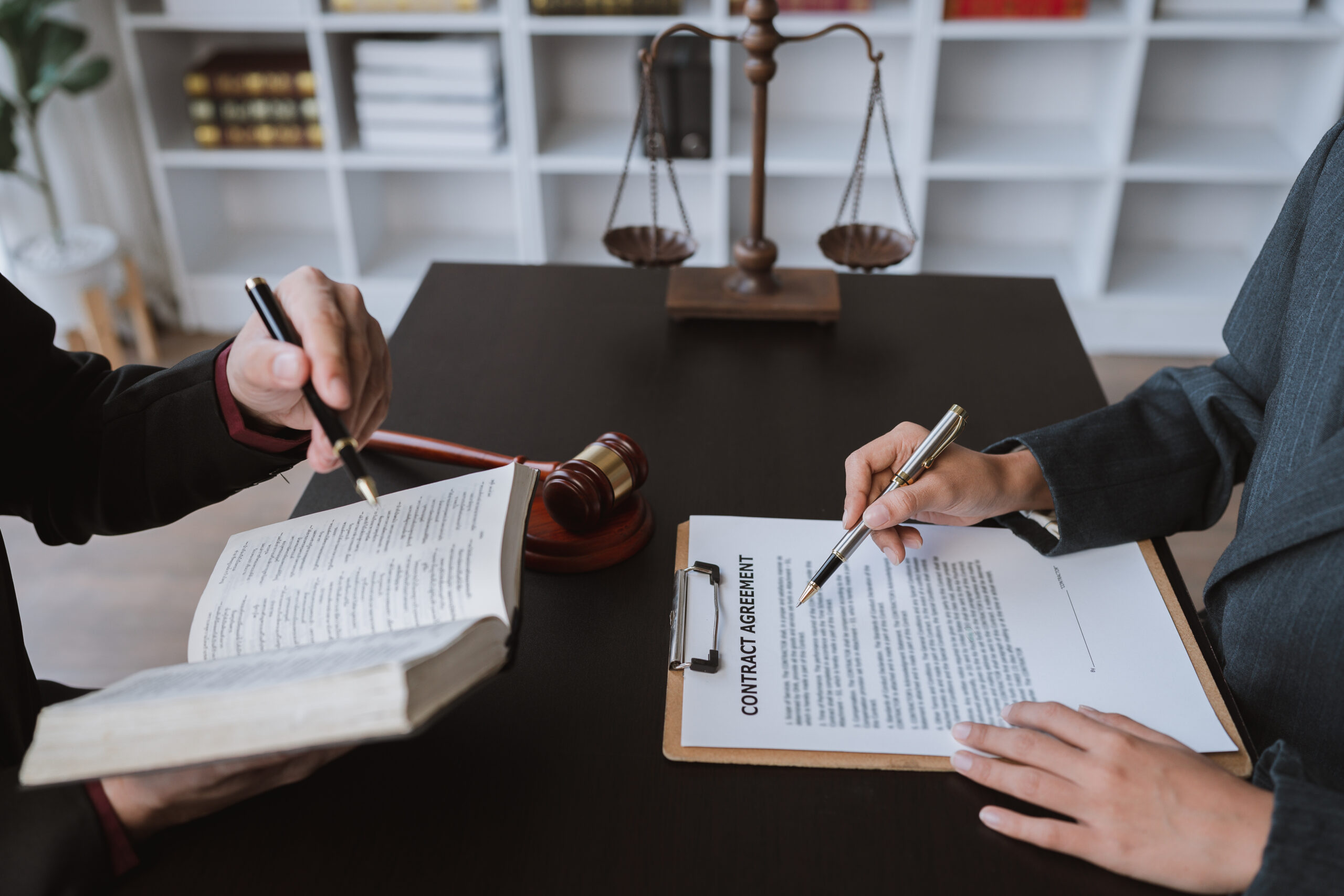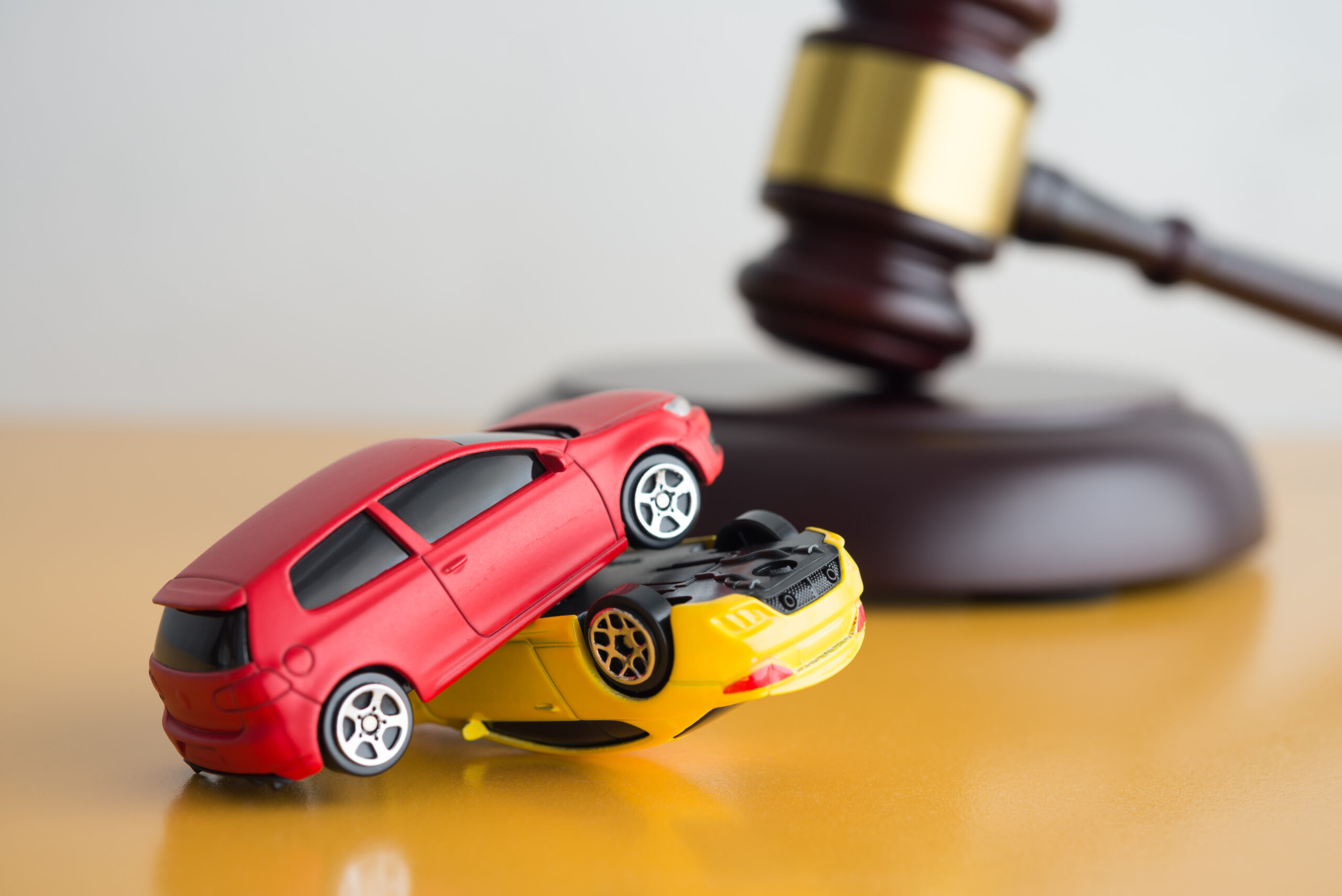Now Reading: Statute of Limitations: Timing Your Car Accident Lawsuit Correctly
-
01
Statute of Limitations: Timing Your Car Accident Lawsuit Correctly

Statute of Limitations: Timing Your Car Accident Lawsuit Correctly
Navigating the aftermath of a car accident can be a daunting experience. The process is often complex and stressful, from dealing with injuries to addressing vehicle damage. Among the critical aspects to consider is the legal component, particularly understanding the statute of limitations for filing a car accident lawsuit. This article aims to provide comprehensive insights on effectively timing your lawsuit, ensuring you take legal action within the appropriate timeframe.
Understanding The Statute Of Limitations
The statute of limitations is a guideline and a strict legal boundary. This time limit is crucial in car accident cases because it dictates how long you must take legal action. This period varies significantly across different states, ranging from as short as one year to as long as six years in some jurisdictions. Understanding this timeframe is not merely about marking a calendar; it’s about recognizing the urgency of legal action. If this period lapses, even the most valid claim becomes void, and the courts typically will refuse to hear your case. Thus, acquainting yourself with these timelines, often detailed on state government websites or legal resources, is a fundamental step in safeguarding your legal rights.
Seeking Legal Assistance Early
It’s advisable to hire an experienced car accident lawyer as soon as possible. Legal proceedings are intricate, and the statute of limitations is just one aspect of a multifaceted process. An experienced attorney can navigate these complexities, ensuring compliance with all procedural requirements. Beyond just meeting deadlines, early legal intervention is crucial for strategizing your case. Lawyers can help identify the liable parties, understand the nuances of your situation, and provide advice on the best course of action. Moreover, early engagement of legal counsel allows for the timely issuance of preservation letters to prevent the destruction of evidence, which can be critical in proving your case.
Gathering And Preserving Evidence
The phase immediately following a car accident is the most critical for evidence collection. This evidence forms the foundation of your case. Photographs of the accident scene, including vehicle positions, skid marks, and road conditions, offer visual proof of the event. Witness statements provide third-party accounts that can corroborate your version of events. Medical reports and bills validate the extent of your injuries and their financial impact. Securing this evidence is imperative, as any degradation or loss could weaken your case. Digital backups and secure, organized physical storage are advisable for preserving this crucial information.
Navigating Exceptions To The Rule
Exceptions to the statute of limitations can alter the legal landscape of your case. These exceptions often exist to accommodate unusual circumstances. For example, if you’ve injured a minor party, many states allow the statute to be ‘tolled’ or paused until the said party reaches adulthood. Similarly, if a defendant leaves the state, the clock may be paused until their return. These exceptions are intended to ensure fairness and prevent technicalities from overriding justice. However, they add layers of complexity to the legal process, and understanding them is vital for an accurate assessment of your case’s viability.
Calculating Damages Correctly
Calculating damages in a car accident case is more than just tallying up bills and expenses. It’s an intricate process that involves considering current and future medical costs, lost wages, diminished earning capacity, and non-economic damages like pain and suffering. Each of these categories has its challenges in calculation. For instance, future medical expenses must be estimated based on medical prognosis, and pain and suffering are subjective and vary widely in how they are quantified. Underestimating these can lead to a settlement that falls short of covering your actual needs while overestimating them can lead to unrealistic expectations and potential disappointments.
Dealing With Insurance Companies
Negotiating with insurance companies is often a game of strategy and knowledge. Insurance adjusters are skilled at minimizing payouts, and their initial offers rarely reflect the true value of your claim. Understanding the tactics used by these companies, such as quick lowball offers or drawn-out negotiations, is crucial. An experienced lawyer can negotiate on your behalf, using their understanding of legal precedents and the specifics of your case to counter these tactics. This relieves you of the stress of direct negotiations and increases the likelihood of a more favorable outcome.
Preparing For The Possibility Of Trial
While most car accident claims are settled out of court, preparing for trial is critical to legal strategy. Trials are unpredictable and require thorough preparation. This includes compiling a comprehensive evidence dossier, preparing witnesses, and developing a persuasive argument. The mere readiness for trial can act as a powerful negotiation tool in settlement discussions, as it demonstrates your resolve and preparedness to take the matter to court if necessary.
Understanding The Impact Of Comparative Fault
Comparative fault is a legal doctrine that can significantly impact compensation in a car accident lawsuit. In states that follow this rule, your compensation can be reduced by your percentage of fault in the accident. For example, if you are found to be 40% at fault for the accident, your compensation may be reduced by the same percentage. Knowing how this principle applies to your case is vital, as it influences the strategy and potentially the outcome of your lawsuit.
Conclusion
Timing your car accident lawsuit correctly ensures a fair chance at justice and compensation. Understanding the statute of limitations, seeking timely legal assistance, effectively gathering evidence, and being aware of the nuances of your case are all essential steps in this journey. Remember, each car accident case is unique, and specific legal advice should always be sought to address your situation.










